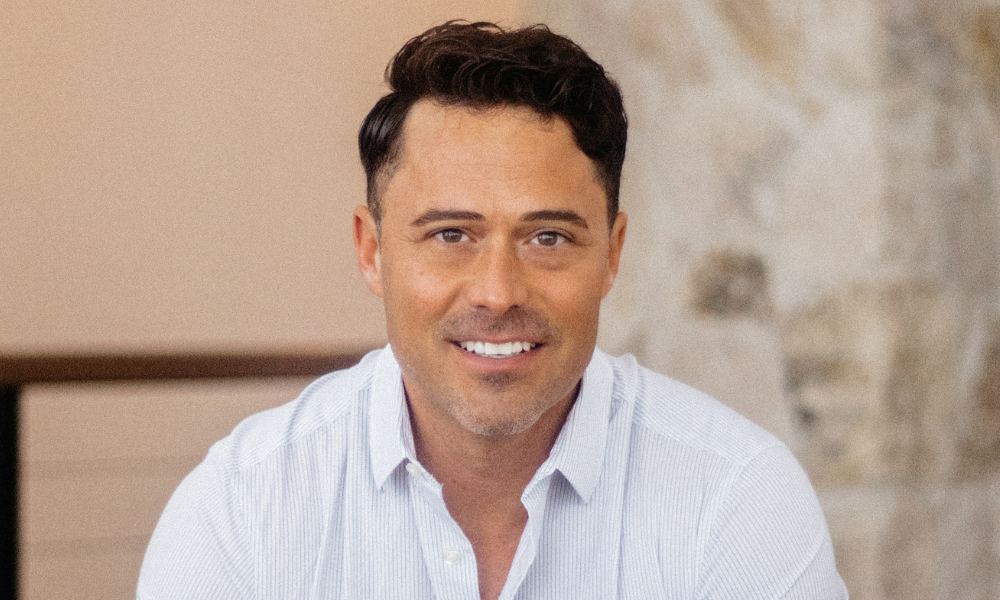SVP for Retail Advice & Solutions unpacks the three pillars supporting the firm's digital-first mindset shift

Over the past several years, Sun Life has been through an ambitious and adventurous journey of transformation in the way it delivers holistic advice to the retail market. That’s been driven by a significant mindset shift towards thinking and acting like a digital company – which, according to one of the firm’s key leaders, required some counterintuitive thinking.
“If someone were to ask, ‘What is your digital strategy?’ I would say, ‘I don't have one,’ because digital is part of our business strategy,” says Hilda Tang, senior vice president, Strategy & Enablement, Retail Advice & Solutions at Sun Life (pictured above). “It is embedded in all aspects of it.”
As Tang emphasizes, Sun Life has long recognized the importance of helping Canadians live with purpose by supporting their wealth and well-being. The firm has sharpened that focus by building digital capabilities not just to empower their clients, but their advisors as well.
She cites three focus areas in implementing digital strategies for Sun Life’s advisor force. Apart from increasing productivity – freeing up time for advisors to engage in more high-value client activities such as planning, providing advice, and building relationships – she says driving and unlocking growth opportunities with clients using predictive analytics has been crucial.
"We've used some RPA, robotic process automation, to help advisors gather data and information from different places with the push of a button,” she says. “We also use predictive capabilities to help them identify clients that may require engagement right now.
The third piece, Tang says, involves making it simple and easy for advisors to create competitive differentiation so that they have credibility when they talk with their prospects and their clients. That means arming advisors with tools to help raise their online profile.
“These days, digital presence is so important. Face-to-face is important too, but a lot of clients want to see how advisors are in the digital space to understand their brands,” Tang says. “Whether it's helping our advisors build their brand through automated posting on social media or create that brand through customizable websites and driving traffic there, we have built digital tools that give them a centralized platform to do that.”
Given the company’s long history, Tang says Sun Life has a rich, integrated tech ecosystem with many digital platforms. That means when developing capabilities for advisors, there sometimes also has to be a certain level of synchronization with client capabilities.
“We have to work with multiple teams,” Tang says. “We've been working a lot to change the operating model in scaled agile delivery, so that we can be faster to market and be more adaptive to client and advisors’ needs.”
Developing digital capabilities for advisors and clients, Tang says, requires a strong technological foundation. To that end, Sun Life has been investing in key technologies like enterprise-level cloud solutions and APIs, thus scaling up its abilities to build up its tech stack with relevant solutions.
A centrepiece of Sun Life’s digital master plan has been its OnePlan platform, powered by a partnership with Conquest Planning forged in 2021.
“One of the core tenets of our strategy is to lead with holistic advice, because we believe that’s essential to help clients live healthier lives and achieve lifetime financial security,” Tang says. “Through OnePlan powered by Conquest, advisors are now equipped to build financial roadmaps with our clients that help them through their life journey and evolve as their needs change.”
Through Conquest’s ability to drive collaborative financial planning between advisors and clients, Tang says Sun Life has created over 144,000 financial roadmaps for clients. With interactive functions like screen sharing and visualized what-if analyses, she says the platform facilitates and helps elevate the process of understanding clients’ situations, unique needs and goals, which ultimately leads to action plans to achieve their aspirations.
“Traditionally, when you think about a financial plan, you focus on the output … the plan itself,” Tang says. “But in reality, it’s not so much the plan as an output that’s important, but the process that gets to the plan that’s most valuable.”
Have a story idea or suggestion? Email [email protected].



